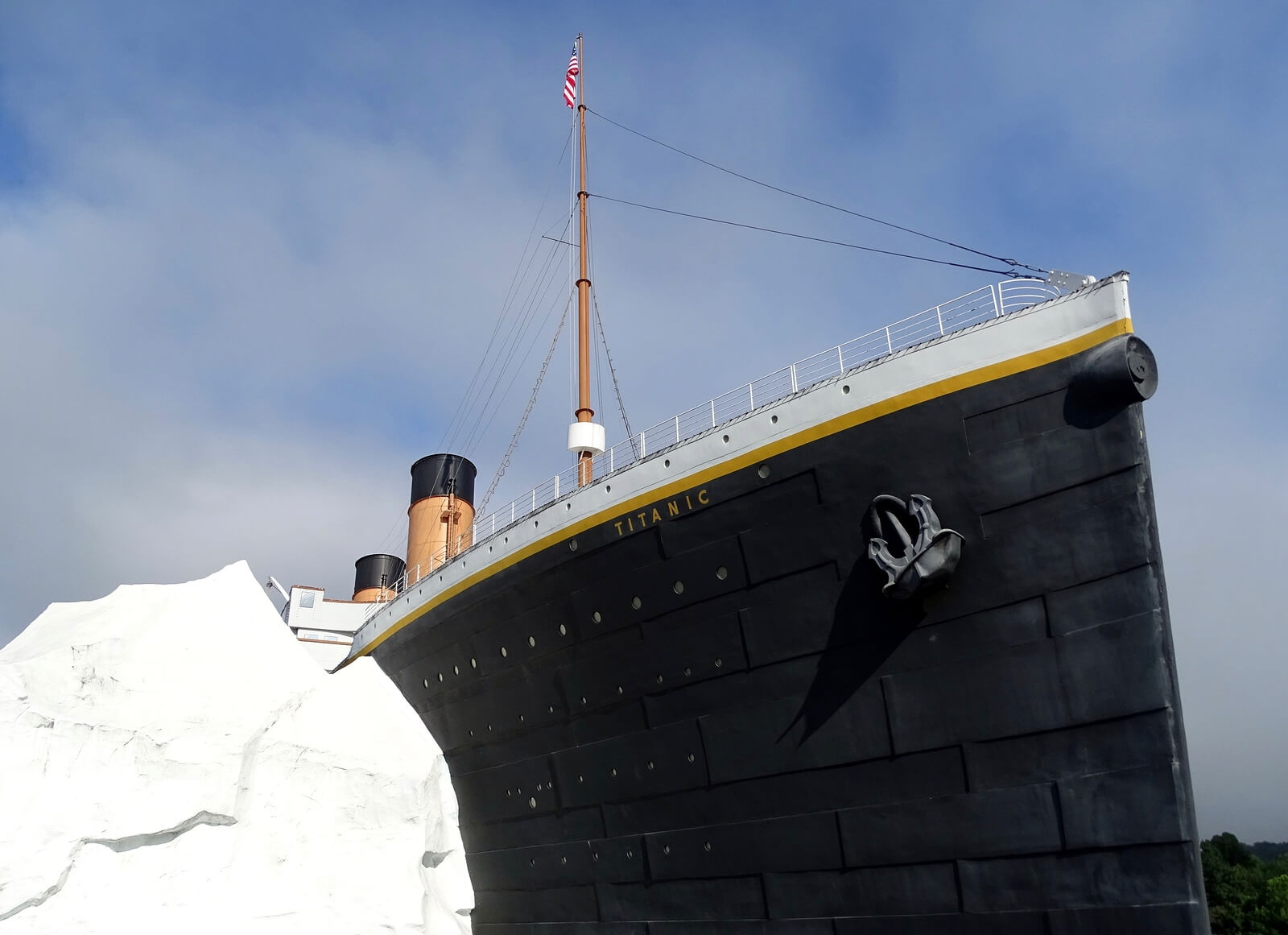One of the most famous historical events is the tragic sinking of the Titanic, the ill-fated ship that sank just four days after launching from England, killing almost half of the passengers aboard. The events of the Titanic have been made into numerous movies, books, and documentaries as people try and understand what happened and how a ship coined “unsinkable” could meet such a fate.
The History of the Titanic
The Titanic was made by the White Star Line, a well-known ship operating company in England. The ship’s conception came from J. Bruce Ismay, the managing officer of the company, and Lord James Pirrie. Together, they decided to build three ships that were unlike anything seen before. These ships were to be bigger and more luxurious than ever.
The Titanic, which began being built in March of 1909, was famous before it was even finished for such amenities as electric lights and heating in each room, chandeliers, and opulent quarters and ballrooms. Said to be a 747 of its day, the Titanic carried more than 2,200 passengers and crew members when it set sail from Southamptom, England on April 10, 1912.
Despite the number of passengers, the Titanic was actually only equipped with sixteen lifeboats, which would only hold 1,708 people. The White Star Line should have had double that, but decided to use less than necessary because they felt the extra boats gave the deck a cluttered look and took away from the overall ambience of the ship.
The Sinking of the Titanic
The first few days of sail, the Titanic went without incident. Its route included stops in France and Ireland to pick up passengers before making its way to New York. On the fourth day of the voyage, April 14th, the Titanic received five ice warnings. Despite this, the Captain of the ship decided not to slow down and instead continued at the speed of twenty-five miles per hour.
At around 11:40 PM, a lookout spotted an iceberg and notified the brig. The First Office ordered the ship to turn around. However, it was too late. While it moved slightly, it couldn’t avoid hitting the iceberg causing a 300-foot long hole in the ship that immediately began filling lower compartments with water.
It wasn’t until twenty-five minutes after that crash that officers began ordering lifeboats to be prepared for evacuation. Twenty minutes after this, the first lifeboat was launched with only twenty-eight passengers, even though it had a carrying capacity of sixty-eight. Officers began loading women and children onto the boats, but by the time the last boat launched, there were still over 1,500 passengers on the sinking ship. J. Bruce Ismay, however, escaped by sneaking onto one of the last lifeboats.
At around 2:10 AM, the rear part of the ship rose completely out of the water. As a result of the weight, the ship split into two, with the front of the ship slowly sinking while the back of it went back into the freezing water. The stern continued to fill with water until it sank completely.
The remaining passengers on board attempted to cling to floating pieces of wood or anything they could find. Life jackets were also in short supply, and over 1,500 people were killed as a result of the sinking from drowning or hypothermia. Some accounts say many people jumped from the ship as well, hoping to save themselves.
The tragedy of the Titanic is often referred to today as the “greatest maritime disaster in history.”


Leave a Reply